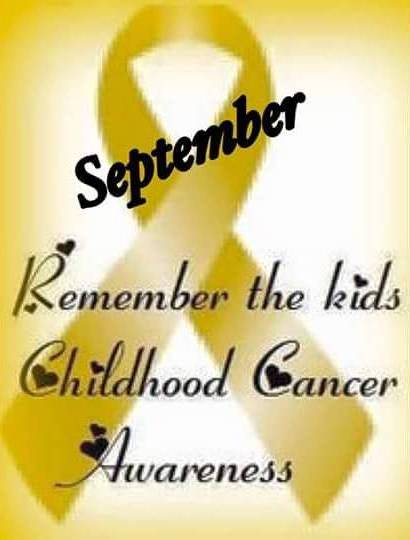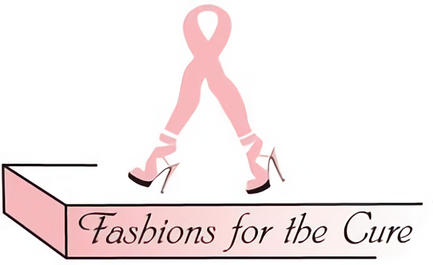Did You Know This
Fashions for The Cure does not own or have rights to the contents of this page. Information found here are from trusted sites for informational purposes only. Click the Links to learn more.
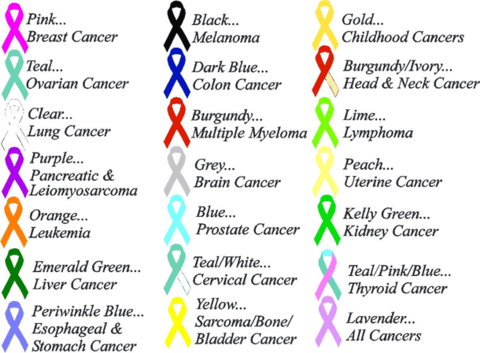
January
- Cervical Health Awareness and Screening Month
February
- National Cancer Prevention Month
- World Cancer Day, February 4
March
- Myeloma Awareness Month
- National Colorectal Awareness Month
- National Hemophilia Awareness Month
- National Kidney Cancer Month
- National Nutrition Month
April
- Esophageal Cancer Awareness Month
- National Cancer Control Month
- National Minority Health Month
- World Health Day, April 7
May
- Brain Tumor Awareness Month
- Cancer Research Month
- Melanoma Monday, May 6
- Melanoma/Skin Cancer Prevention and Detection Month
- Women’s Health Week, May 12-18
- World No Tobacco Day, May 31
June
- National Cancer Survivors Day, June 2
- National Men's Health Month
- National Men’s Health Week, June 10-16
July
- Cord Blood Awareness Month
August
- No cancer awareness activities
September
- Childhood Cancer Awareness Month
- Gynecologic Cancer Awareness Month
- Leukemia and Lymphoma Awareness Month
- National Ovarian Cancer Awareness Month
- National Prostate Cancer Awareness Month
- National Women's Health and Fitness Day, September 25
- Thyroid Cancer Awareness Month
October
- Liver Cancer Awareness Month
- Metastatic Breast Cancer Awareness Day, October 13
- National Breast Cancer Awareness Month
November
- Lung Cancer Awareness Month
- National Family Caregivers Month
- National Hospice and Palliative Care Month
- National Stomach Cancer Awareness Month
- Pancreatic Cancer Awareness Month
December
- No cancer awareness activities
Cancer Awareness Calendar
Fashions for The Cure does not own or have rights to the contents of this page. Information found here are from trusted sites for informational purposes only. Click the Links to learn more.

January
- Cervical Health Awareness and Screening Month
February
- National Cancer Prevention Month
- World Cancer Day, February 4
March
- Myeloma Awareness Month
- National Colorectal Awareness Month
- National Hemophilia Awareness Month
- National Kidney Cancer Month
- National Nutrition Month
April
- Esophageal Cancer Awareness Month
- National Cancer Control Month
- National Minority Health Month
- World Health Day, April 7
May
- Brain Tumor Awareness Month
- Cancer Research Month
- Melanoma Monday, May 6
- Melanoma/Skin Cancer Prevention and Detection Month
- Women’s Health Week, May 12-18
- World No Tobacco Day, May 31
June
- National Cancer Survivors Day, June 2
- National Men's Health Month
- National Men’s Health Week, June 10-16
July
- Cord Blood Awareness Month
August
- No cancer awareness activities
September
- Childhood Cancer Awareness Month
- Gynecologic Cancer Awareness Month
- Leukemia and Lymphoma Awareness Month
- National Ovarian Cancer Awareness Month
- National Prostate Cancer Awareness Month
- National Women's Health and Fitness Day, September 25
- Thyroid Cancer Awareness Month
October
- Liver Cancer Awareness Month
- Metastatic Breast Cancer Awareness Day, October 13
- National Breast Cancer Awareness Month
November
- Lung Cancer Awareness Month
- National Family Caregivers Month
- National Hospice and Palliative Care Month
- National Stomach Cancer Awareness Month
- Pancreatic Cancer Awareness Month
December
- No cancer awareness activities
Fashions for The Cure does not own or have rights to the contents of this page. Information found here are from trusted sites for informational purposes only. Click the Links to learn more.
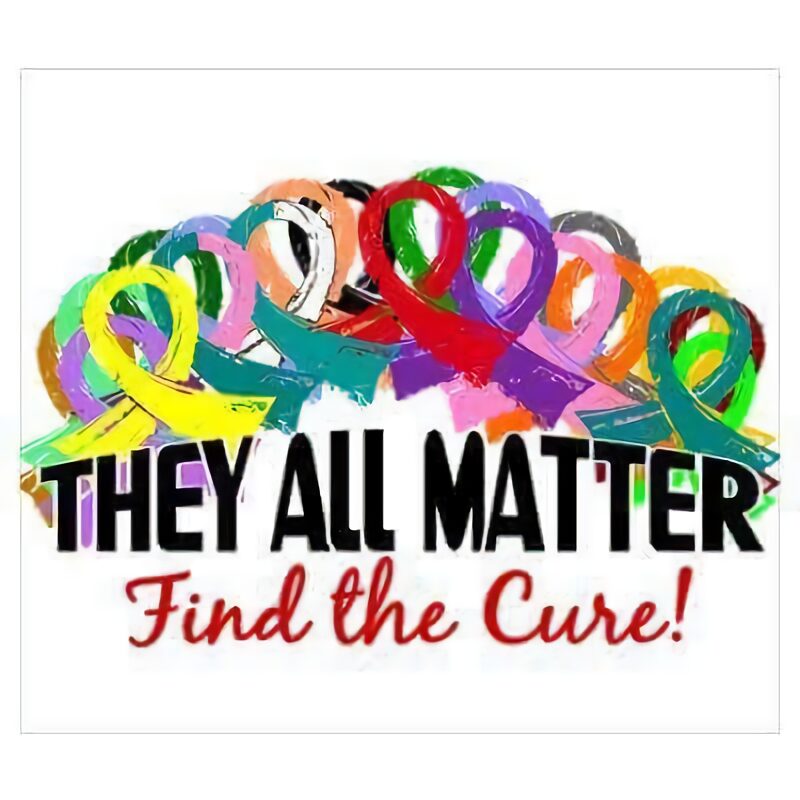
General Facts
Did you know that different colored ribbons denoted different types of cancers?
Cancer is not one disease, but a general term covering many distinct diseases. There are many cancer types requiring a variety of cancer treatments. Cancer is characterized by the uncontrolled growth of cells.
Under normal conditions, cell reproduction is carefully controlled by the body. However, these controls can malfunction, resulting in abnormal cell growth and the development of a lump, mass, or tumor.
Some cancers involving the blood and blood-forming organs do not form tumors but circulate through other tissues where they grow.
Learn About Cancer - American Cancer Society
Includes a description, risk factors, prevention, and treatment. Also, read stories of hope from people whose lives have been touched by cancer.
Cancer in Women
Understanding Breast Cancer
Breast cancer usually begins in the cells of the lobules, milk-producing glands, or the ducts, the passages that drain milk from the lobules to the nipple.
The pathology report will tell you whether or not the cancer has spread outside the milk ducts or lobules of the breast where it started.
Non-invasive cancers stay within the milk ducts or lobules in the breast. They do not grow into or invade normal tissues within or beyond the breast.
Non-invasive cancers are sometimes called carcinoma in situ (“in the same place”) or pre-cancers. Invasive cancers do grow into normal, healthy tissues. Most breast cancers are invasive.
Whether the cancer is non-invasive or invasive will determine your treatment choices and how you might respond to the treatments you receive.
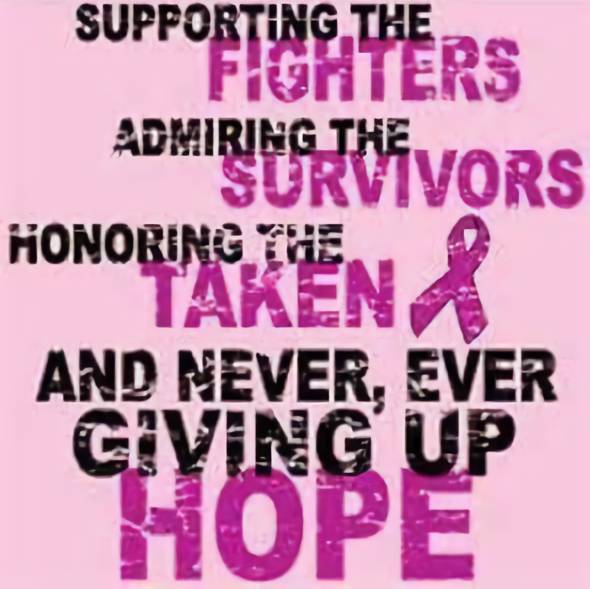
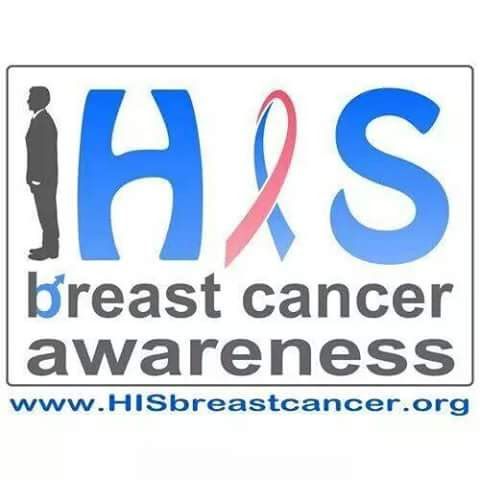
Cancer in Men
The cancers most frequently affect men are prostate, colon, lung, and skin. Knowing about these cancers and how they can be prevented or found early can save your life.
Prostate Cancer
The chance of getting prostate cancer goes up as a man gets older. Most prostate cancers are found in men over the age of 65. For reasons that are still unknown, African American men are more likely than white men to develop prostate cancer.
Having one or more close relatives with prostate cancer also increases a man’s risk of having prostate cancer.
Many men may be surprised to learn that they can get breast cancer. Men have breast tissue that develops in the same way as breast tissue in women and is susceptible to cancer cells in the same way.
In girls, hormonal changes at puberty cause female breasts to grow. In boys, hormones made by the testicles prevent the breasts from growing.
Breast cancer in men is uncommon because male breasts have less developed ducts and are not exposed to growth-promoting female hormones.
Fashions for the Cure does not own or have rights to the contents of this page. Information found only to share with the interested visitor of this site.
Cancer in Children
About Leukemia
Leukemia refers to cancers of the white blood cells (also called leukocytes or WBCs). When a child has leukemia, large numbers of abnormal white blood cells are produced in the bone marrow.
These abnormal white cells crowd the bone marrow and flood the bloodstream, but they cannot properly protect the body against disease because they are defective.
As leukemia progresses, cancer interferes with the body's production of other blood cells, including red blood cells and platelets.
This results in anemia (low numbers of red cells), bleeding problems, and an increased risk of infection caused by white cell abnormalities.
As a group, leukemia accounts for about 25% of all childhood cancers and affects about 2,200 American young people yearly.
Luckily, the chances for a cure are very good with leukemia. With treatment, most children with leukemia will be free of the disease without it returning.
Fashions for the Cure does not own or have rights to the contents ABOVE! Information found only to share with the interested visitor of this site.
